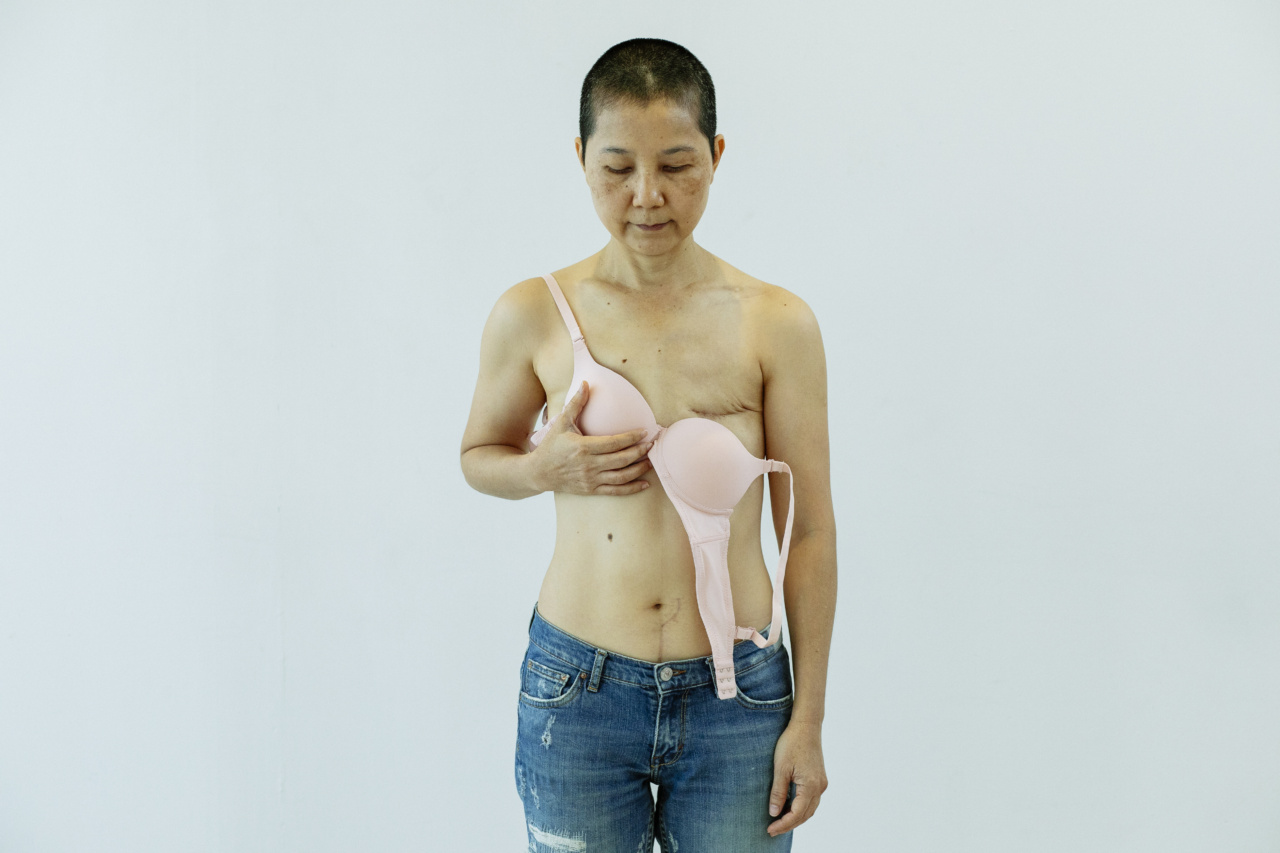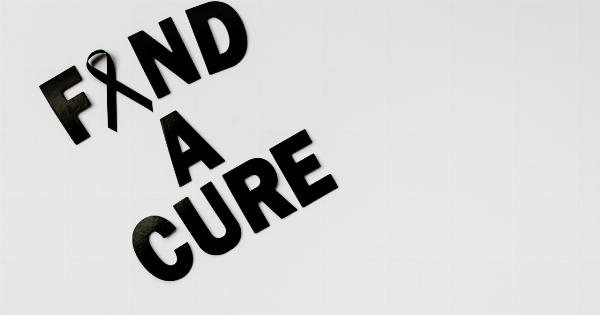One of the common misconceptions surrounding breast cancer is the belief that wearing a bra can cause it.
This theory, often referred to as “bra breast cancer,” suggests that regularly wearing a bra, especially an underwire or tight-fitting one, can increase the risk of developing breast cancer. However, numerous scientific studies have debunked this myth, and it is important to separate fact from fiction when discussing this issue.
The Origins of the Bra Breast Cancer Myth
The notion that wearing bras can lead to breast cancer gained traction in the 1990s when a book called “Dressed to Kill” was published.
The authors claimed that wearing a bra for long durations restricts lymphatic flow, leading to a buildup of toxins and an increased risk of cancer. However, the book was criticized for lacking scientific evidence and was widely discredited by the medical community.
Debunking the Myth: Scientific Evidence
Over the years, several reputable studies have been conducted to investigate the purported link between bra use and breast cancer.
A study published in the Journal of the National Cancer Institute examined over 1,500 postmenopausal women and found no significant association between wearing a bra and breast cancer risk.
The Role of Bras in Supporting Breast Health
Bras, particularly well-fitting and supportive ones, play an essential role in maintaining breast health.
They provide necessary support to the breasts, especially for women with larger or heavier breasts, reducing strain on the ligaments and preventing discomfort. Bras can also help improve posture and minimize potential back and shoulder pain.
Factors Contributing to Breast Cancer Risk
While bras may not increase the risk of breast cancer, various other factors are known to contribute to its development. These include:.
- Genetics: Certain genes, such as BRCA1 and BRCA2 mutations, can increase the likelihood of developing breast cancer.
- Hormonal factors: Hormones like estrogen and progesterone can influence breast cancer risk, which is why early menstruation, late menopause, and hormone replacement therapy can potentially affect it.
- Family history: Having a close relative, such as a mother or sister, with breast cancer increases the chances of developing the disease.
- Lifestyle factors: Obesity, excessive alcohol consumption, lack of physical activity, and smoking are all linked to an increased risk of breast cancer.
The Importance of Early Detection and Screening
Instead of worrying about the unsubstantiated theory of bra breast cancer, it is crucial to focus on early detection and regular breast cancer screenings.
Routine mammograms, breast self-examinations, and clinical breast examinations by healthcare professionals are vital for detecting any signs of breast cancer early on. Early detection significantly improves treatment outcomes and increases the chances of successful recovery.
Dispelling the Bra Breast Cancer Myth
Despite the lack of scientific evidence supporting the notion that wearing bras causes breast cancer, the myth continues to persist in some circles. It is important to challenge and debunk misinformation to ensure accurate knowledge.
By spreading awareness about the scientific research conducted on this topic, we can dispel the bra breast cancer myth and promote evidence-based understanding of breast cancer risk factors.
Conclusion
Wearing a bra, whether it is underwire or tight-fitting, does not cause breast cancer. Numerous rigorous scientific studies have robustly refuted the claim that wearing bras increases the risk of developing the disease.
Instead, focusing on known risk factors such as genetics, hormonal factors, family history, and lifestyle choices can help individuals make informed decisions about their breast health. Early detection through regular screenings remains the most effective approach to combating breast cancer and improving survival rates.










